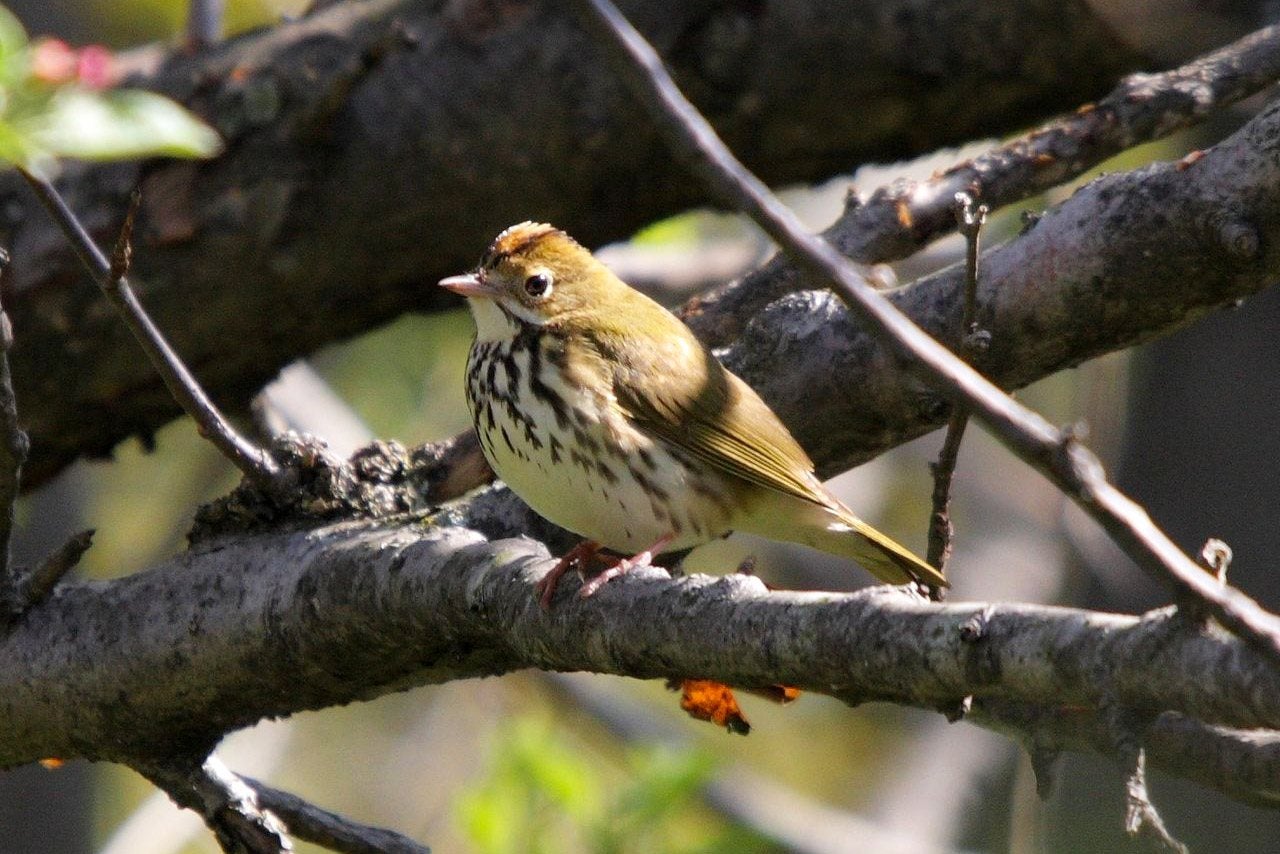Heading to a national park for some peace and quiet this summer? Peace should be no problem, but quiet might be more difficult, according to new research from Colorado. A survey in the United States found that in more than half of protected areas human-caused sounds significantly increased background noise levels. In some cases the increase was as much as 10 times the natural background noise. In addition to disrupting a visitor’s experience, the noise may have a variety of impacts on wildlife.
When considering threats to wildlife, noise pollution has received less attention than more direct dangers such as habitat destruction. Noise mostly affects animal behavior. Some animals, including threatened or endangered species, avoid breeding or nesting in noisy areas. Persistent background noise can even cause birds or frogs to change the frequency of their calls in order to be heard. Some behaviors that involve sounds can be severely disrupted. For example, male ovenbird mating displays attract fewer mates in noisy areas, limiting the ability of those individuals to breed.
The type of noise makes a difference, too. Even extremely loud noises will not have much impact if they are outside an animal’s hearing range. Intermittent and unpredictable noises tend to have more immediate effects, startling or scaring wildlife. Nor does noise have to be excessive in order to have an effect. A study of rain forest birds in Peru found that many species even avoided the sound of low-volume conversation between tourists. There was no evidence that the birds ever habituated to the sounds.
There is still not conclusive research about how severely animals are impacted by noise. For example, an animal may change the frequency of its calls in response to noise, but does that impact its survival? It’s not clear. In the case of the ovenbird, one can speculate that noise is impacting natural selection by affecting which males breed, but there’s no way to be certain without further study.
There are glimmers of hope: some wildlife does thrive in loud urban areas, so noise is not always detrimental. In the U.S. study, the most highly protected areas had the least noise, indicating that buffer zones or sound-absorbing barriers around the largest sources of sound might help. Changing call frequency be another step in adapting to a new sound environment. And sometimes the solution is simple; when Peru’s tourists limited their conversation, the rain forest birds returned to the areas they had avoided, and the tourists were able to observe more wildlife.







